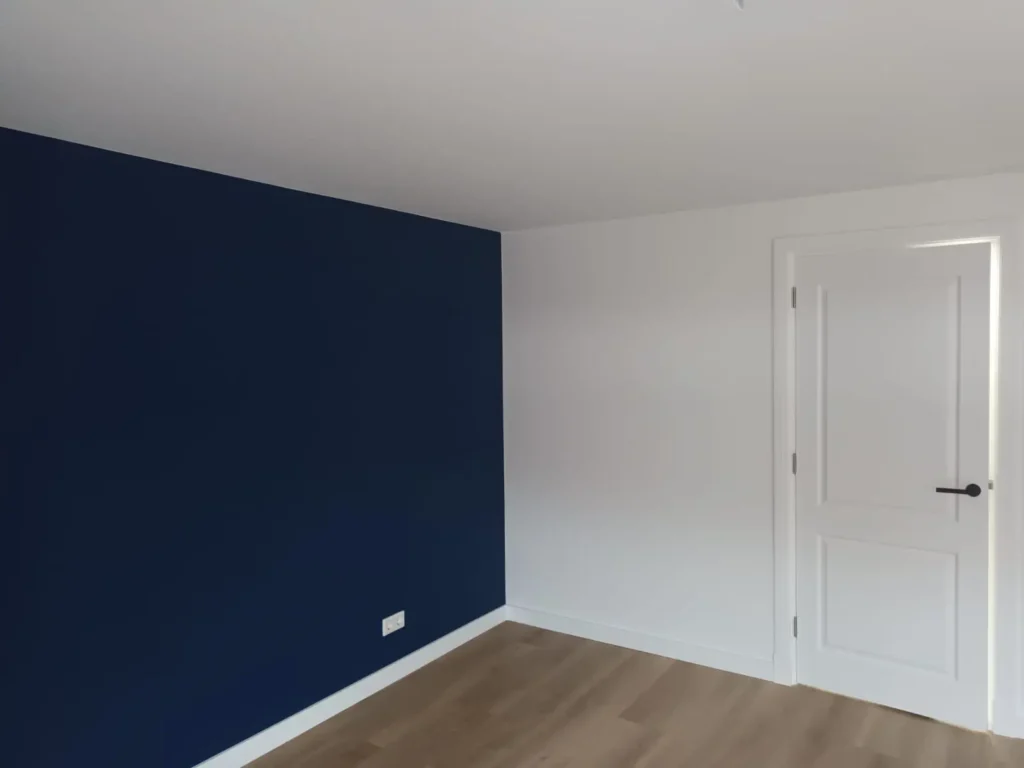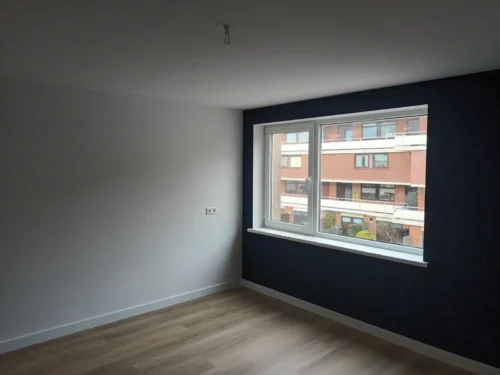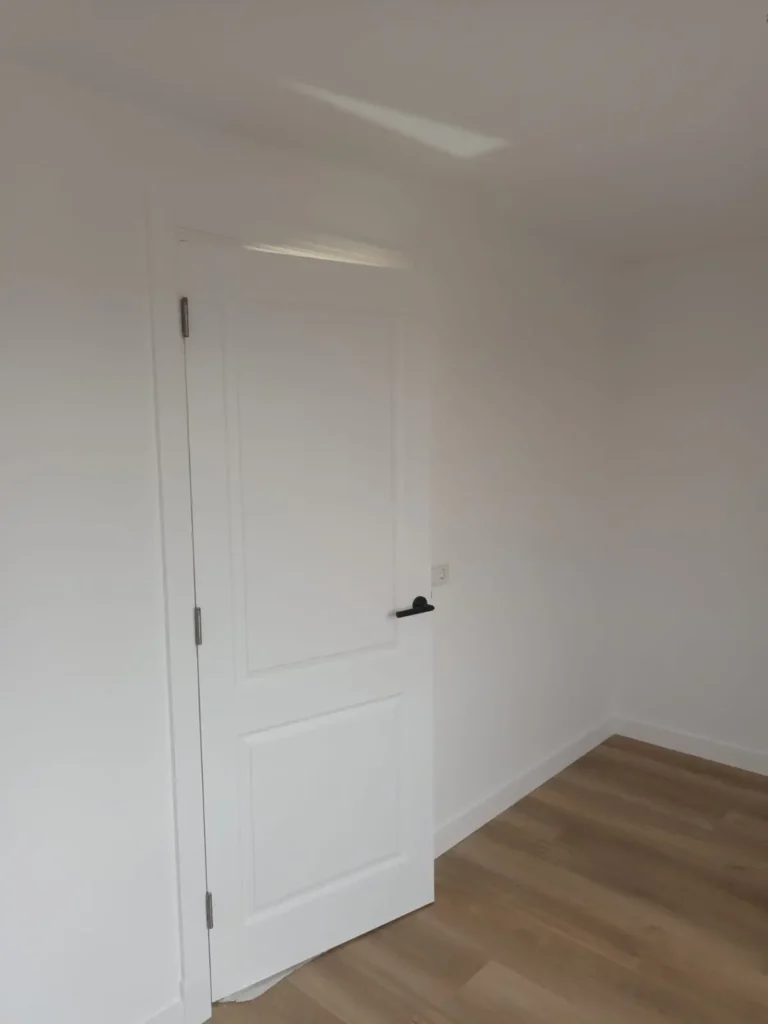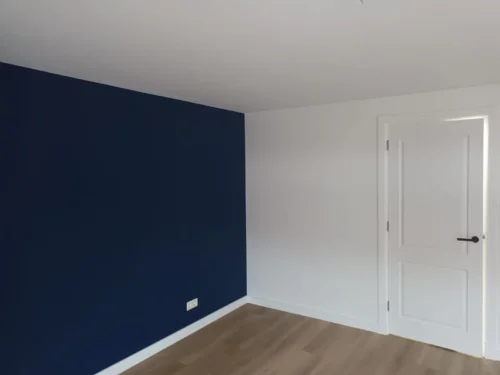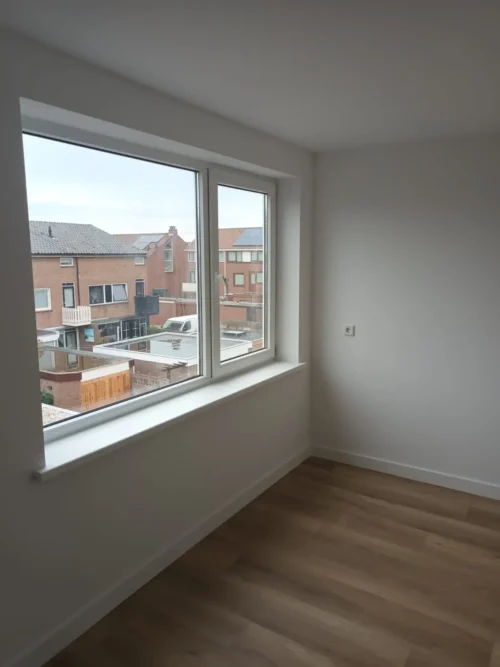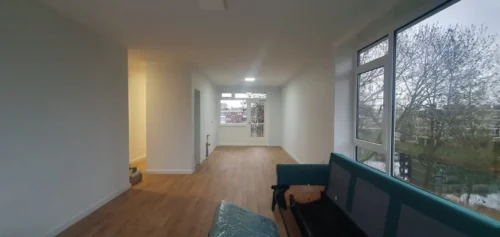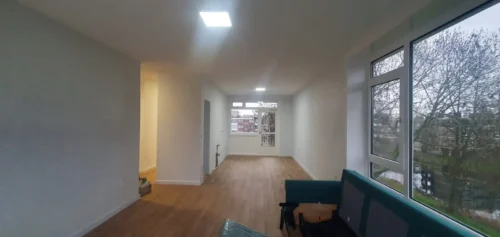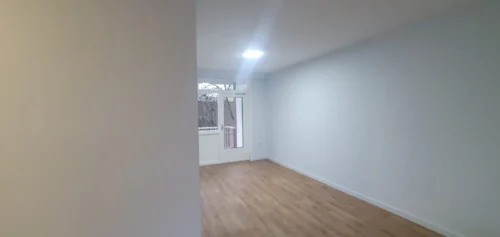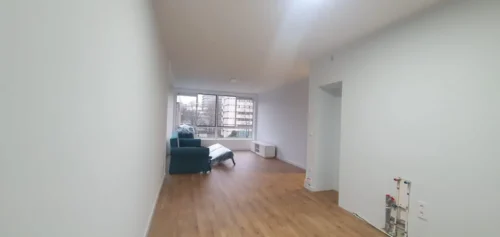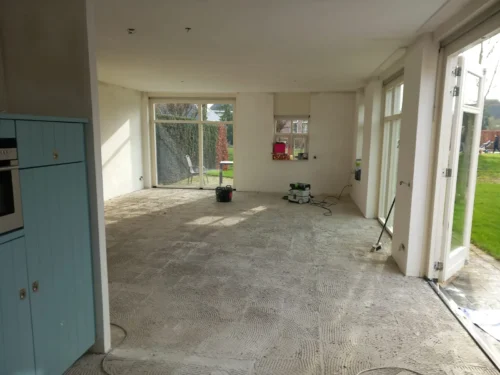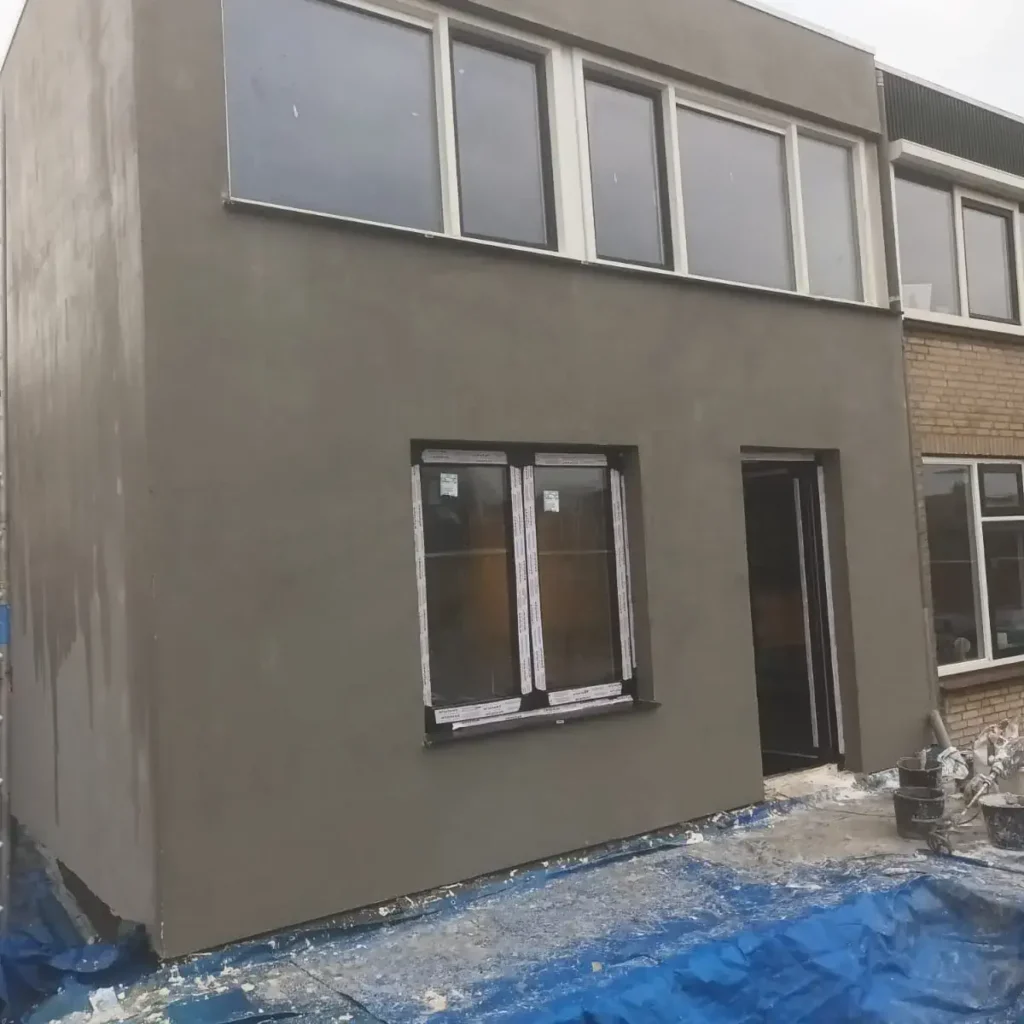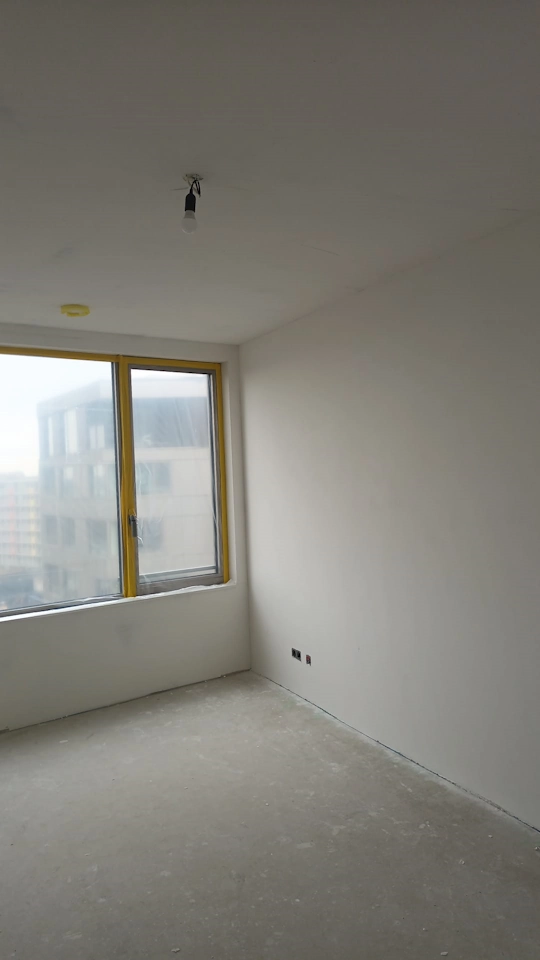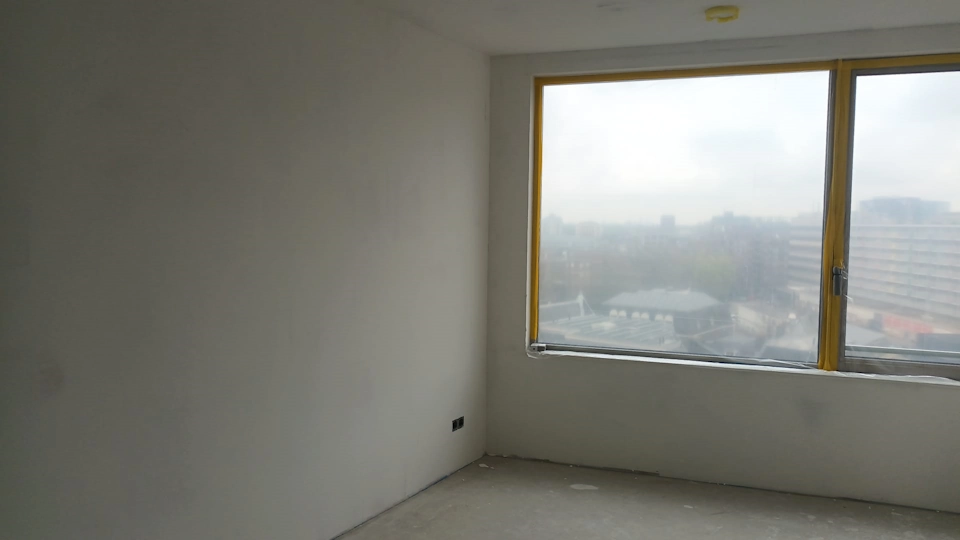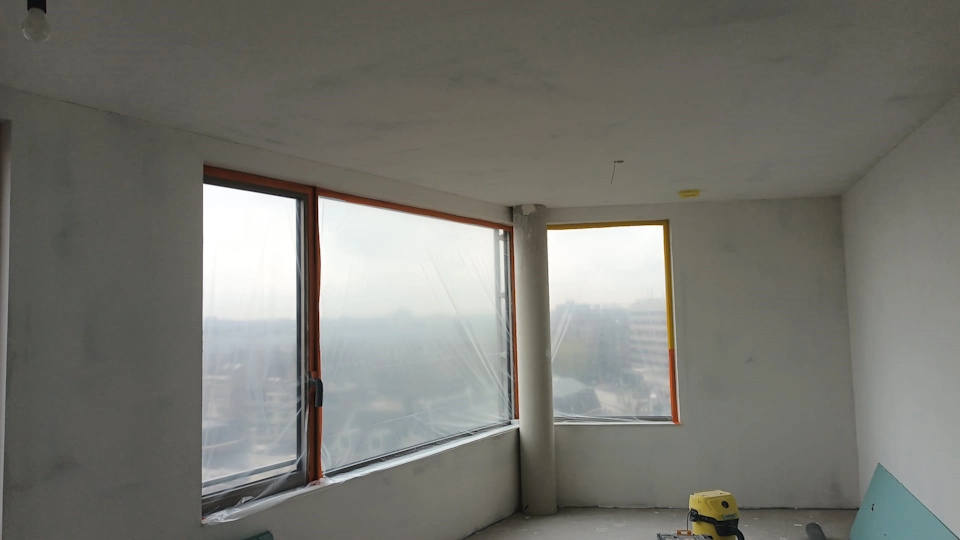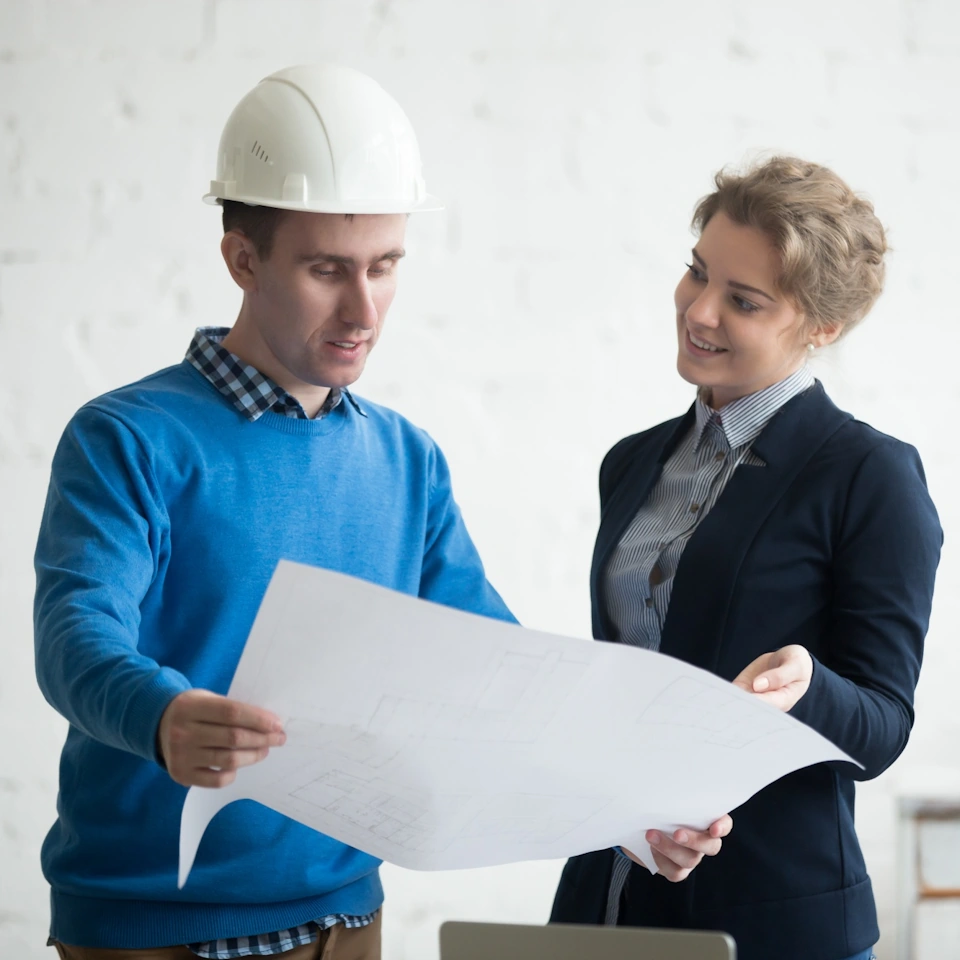
Get your free quote!
At us, we understand that every construction project is unique. That is why we are currently unable to list a fixed price on our website. But we have one great solution for you!
Our specialist will visit you free of charge to discuss your wishes and carry out an initial investigation of your home. He listens carefully to your needs and provides expert advice. We will then draw up a commercial offer for you based on all the facts.
And best of all? This consultation is completely free! Click on the “Receive quote” button and discover it for yourself. We are ready to help you with your construction project!
Some of our plastering works
Video of our work
Why choose us?
Experience and expertise
Our team has years of experience in the construction sector.
Quality and service
We work with high-quality materials and provide excellent service.
Transparency and clarity
You will receive a clear quotation with a specified price quote.
Flexibility
We think along with you and adapt to your wishes.
Discover the benefits of working with us!
View our reviews
Plastering
Plaster is a basis for finishing. No construction can do without plaster, because it is the basis for other covering materials - wallpaper, paint or tiles. There are different materials present, which are based on different binders (It can be powder or paste). There are also decorative plasters. The choice of materials depends on the required size of the surface leveling:
- Rough: remove significant differences (up to 15 cm)
- Fine (elimination of minor surface defects and preparation for painting)
Depending on the purpose and intended finish, we carry out various plastering works:
- Plastering walls;
- Plastering ceiling;
- Plastering facade;
- Other architectural structures.
In nearby settlements, our employees are happy to carry out small projects of plastering work. By becoming a customer of the company, everyone can enjoy the benefits of working with us, such as:
1. Ability to order building materials from trusted manufacturers at the lowest market prices;
2. Carrying out complex renovation work;
3. Assistance with the delivery of building materials and waste collection;
4. Possibility to carry out plastering work with an integrated approach, such as integration with electrical and/or sanitary installations. Parus Construction employees can also tile the plastered walls.
How does plastering work?
Preparing the wall
The surface is thoroughly prepared before plastering. This includes removing wallpaper and loose parts of the wall, as well as filling any damage with plaster or filler. To prevent cracks, transition areas on the wall are often taped off before the plaster is applied.
Surface Primer
The primer is necessary to strengthen the surface and increase the adhesion of the plaster layer to the walls or ceiling. If the surface is weakly absorbent or very smooth (for example concrete), the surface is primed with concrete contact using a regular roller; Highly absorbent surfaces are primed – Knauf with air, a roller or a regular garden sprayer.
Installing guide corners
The corners must be installed using a laser level (this ensures maximum installation accuracy). Where necessary, for example, where a kitchen unit or bathroom is installed, corners on adjacent walls are placed at an angle of 90 degrees.
The reinforcement of fiberglass mesh
Immediately before applying the plastering mortar, you must reinforce all joints between different materials with a special fiberglass mesh. If after installing the guide corners it becomes clear that the plaster layer becomes thicker than 50 mm, you should attach a galvanized mesh to the wall using plugs and screws.
Apply the plaster
By hand or with the help of a plastering machine, a plaster mixture of the appropriate consistency is prepared and evenly applied to the surface, followed by smoothing along the guide corners with a special lath.
Remove guide corners
Removing corners is necessary for two reasons: firstly, there is a chance of 99% rust appearing on them, and secondly, during the curing process of the plaster, bumps appear where the corners are placed, creating a wavy wall . The slots of the corners are filled with the same mixture that was initially applied to the wall (with the same water ratio), so that no shrinkage occurs in the places of the slots and the slot merges with the main layer of plaster.
Aligning the surface
After removing the corners and filling the joints, the process of surface leveling takes place. With the help of a trapezoidal slat, the surface is aligned both horizontally and vertically, smoothing out irregularities. At this time the final plane is formed in place. The quality of the end result of the plasterwork mainly depends on this phase.
Filling surfaces
Plastering surfaces is the final stage of plastering, during which the smallest irregularities are filled with special putty material and the surface is given a glossy effect.



